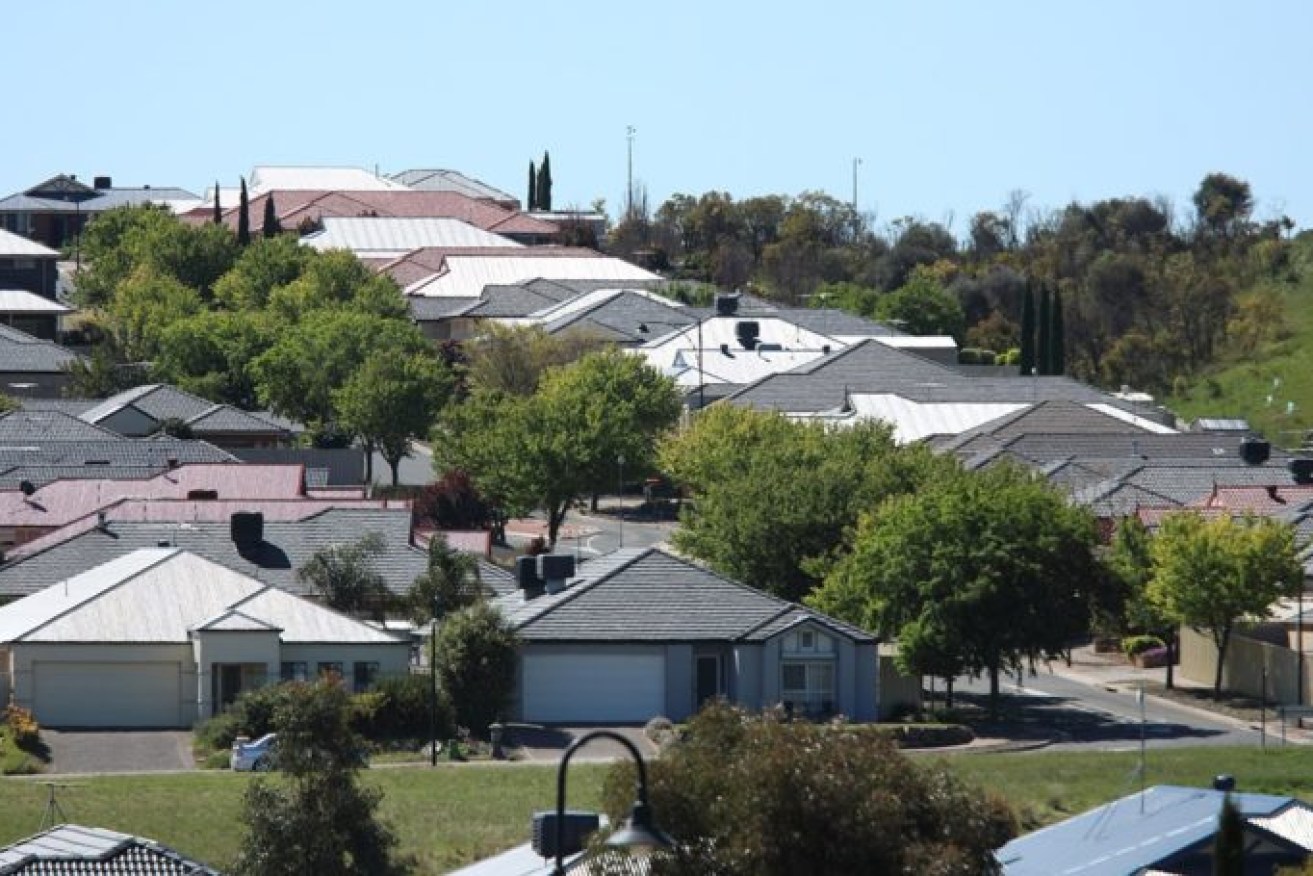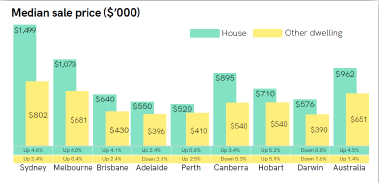Interstate arrivals put squeeze on Adelaide rental market
Migration from the eastern states is putting upward pressure on rents in South Australia, according to the real estate industry and housing advocates, with new figures showing Adelaide has a vacancy rate of just 0.6 per cent – the lowest of any capital city.


Photo: Tony Lewis/InDaily
The Real Estate Institute of Australia today released its Real Estate Market Facts report which shows Adelaide’s “rented dwelling vacancy rate” stands at just 0.6 per cent for the September quarter, making it the least accessible rental market of any Australian capital.
The next tightest rental markets are Canberra at 0.8 per cent and Perth at 0.9 per cent, according to REIA.
Adelaide’s rate is also two-and-a-half points below the national average of 3.1 per cent, with Sydney (2.9 per cent) and Melbourne (5.5 per cent) holding the most vacant rental space.

Rental vacancy rates in Australia’s capital cities for the September quarter (Graph: REIA)
The median rent for a three-bedroom home in Adelaide also grew by 2.5 per cent in the September quarter to reach $410 per week.
Over the course of the year, median rents have grown nearly 11 per cent in Adelaide and are now only $54 per week less than the national average.
Turner Real Estate CEO Emma Slape said the low rental availability was “particularly evident” in the family home market.
“We are seeing a steady flow of people from the eastern states moving to Adelaide to enjoy a more relaxed lifestyle with stronger affordability,” Slape said.
“There is no doubt this is driving prices up in the Adelaide market, all agents have seen this as a marked change over the past 12-18 months.”
Figures released earlier in the year by REIA showed the number of houses in South Australia being sold to residents of NSW and Victoria had more than tripled in the first three months of 2021.
South Australia also recorded a net interstate migration gain of 963 people in the year to the March 2021 quarter, according to government figures, although economists have attributed the shift to the pandemic making people reluctant to move interstate.
“It is unusual for the sales and rental market to be so strong concurrently, however, COVID has certainly created new normals in many areas,” Slape said.
Shelter SA executive director Alice Clark said COVID-19 had exacerbated already existing problems with housing accessibility.
“We’ve had almost half a million Australians return to Australia from overseas because of the pandemic – they are renters and homebuyers as well,” Clark said.
“It’s not just Adelaide, this has impacted rental availability across the state, so the vacancy rate has plunged to this very very low number.”
The current Adelaide vacancy rate represents a roughly 50 per cent drop in availability from pre-pandemic levels, which hovered between 1.2 per cent and 1.1 per cent in 2018 and 2019, according to REIA.
Clark said evidence of the renting “crisis” could be seen on real estate websites and at open inspections.
“When we look at websites that advertise private rentals, it’s very clear that there are so few results,” she said.
“And just how many people are going to open inspections, I think the South Australian average is over a thousand visits per property.”
She said the pandemic had changed the “number one issue” for people living on low incomes from affordability to accessibility.
“It is the human experience that gets missed, it’s all very well to talk statistics … but there are people living in their cars in Adelaide and South Australia,” she said.
“We’ve recently been out speaking with people in Gawler, people out there are deeply concerned about locals, women and children that are sleeping in their cars.
“How do you help them? Because putting them in touch with some of the services which are meant to be able to help people find housing, they’re in the equal same position – their hands are tied in this market.”
REIA’s report also found the median house price in Adelaide increased to $550,000, up 2.4 per cent from the previous quarter and 11.1 per cent compared to last year.
REIA President Adrian Kelly said the figures “underlined the affordability issues being experienced by first home buyers and tenants in the Adelaide market”.
“Now we have hard data that shows just how tight the rental market is in Adelaide while the median house price continues its steady climb,” he said.
“We need to see a more normal supply of properties coming to the market to start to ease the affordability issues currently being experienced by first home buyers and tenants.”

Median house price for Australia’s capital cities. The national median average is $961,642 (Graph: REIA).
In more encouraging news for home buyers looking to the regions, median house prices dropped in Mount Gambier by 1.4 per cent to $285,000 in the September quarter, while Port Lincoln recorded a drop of 6.7 per cent to $327,000.




